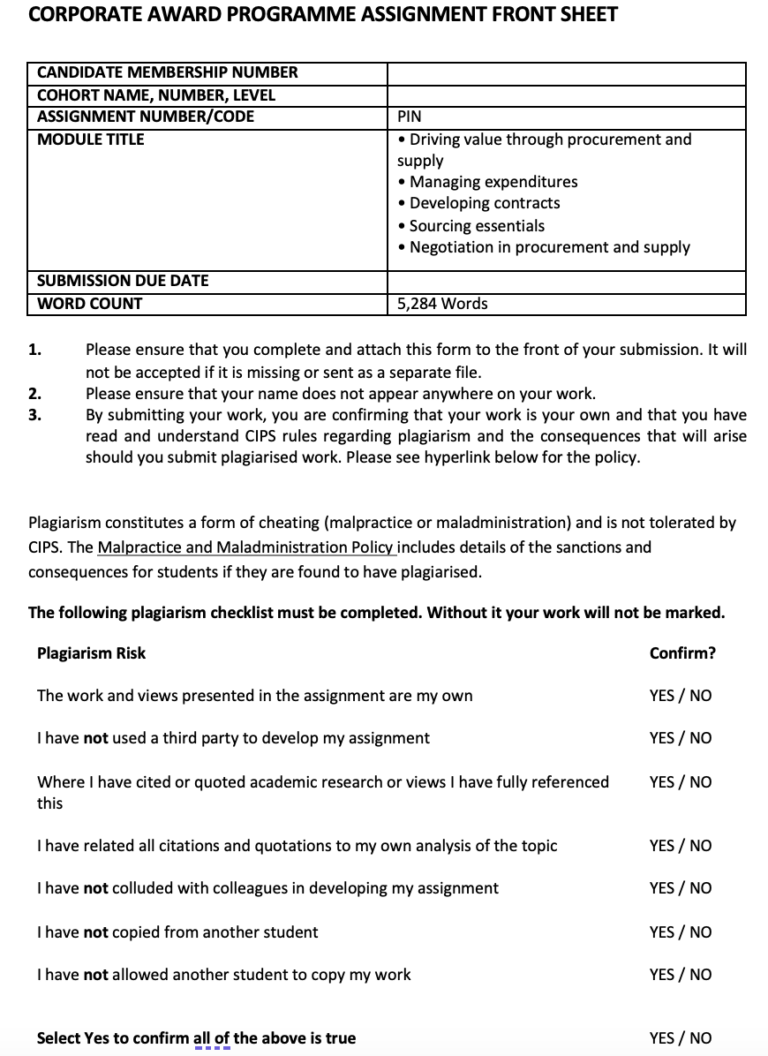Description
Solution
2.3 Working Inclusively and Biulding Positive Relationships at Work
Working Inclusively:
In my approach to working inclusively, I prioritize valuing each person as an individual and recognizing the importance of diversity in our team. I actively seek out and listen to diverse views and opinions, ensuring that everyone feels heard and respected. One of the methods I use is creating an open environment where team members feel comfortable sharing their ideas and perspectives. I have received feedback from a colleague who highlighted my ability to make everyone feel included during meetings. They mentioned that I consistently ensure that quieter voices are encouraged to contribute, which helps in creating a balanced discussion. Reflecting on this, I recognize that my efforts to foster inclusivity have positively impacted our team’s dynamics, making collaboration more effective. However, I also realize that I could improve by being more proactive in reaching out to individuals outside of formal meetings to gather their insights.
Building Positive Working Relationships:
Building positive working relationships is another area where I focus on creating trust and providing support when needed. I believe that mutual respect and understanding are the foundations of strong relationships. I make it a point to show appreciation for my colleagues’ contributions and offer help whenever someone faces challenges. Feedback from a team member mentioned my approachability and willingness to assist, which they felt contributed to a more supportive and collaborative environment. Reflecting on this feedback, I recognize that my approach to building positive relationships has been effective in fostering a strong sense of teamwork. However, I also acknowledge that I can further enhance these relationships by being more consistent in providing feedback and recognition, not just when things are going well, but also when there’s room for improvement.
Please click the following icon to access this assessment in full
Related Papers
(Solution) CIPS APGCE Costs and Financial Implications on Supply Chains
(Solution) CIPD New 5OS01: SPECIALIST EMPLOYMENT LAW
(Solution) CIPS ADNOC Leadership and Management in Procurement and Supply
- This assessment has delved on evaluation of impact of leadership and management approaches in an organisation.
- By evaluation XXX organisation operating in UAE oil and gas sector, the organisation successful project implementation is to increase their offshore oil and gas exploration to increase with upwards of 10,000 new exploration wells which demand a high-level leadership and management.
- This similarly highlight the positioning of XXX in UAE and international oil and gas industry.
- A set of tools including RACI, Leadership Matrix, Mendelow and RACI were adopted in sourcing this assessment findings.
(Solution) CIPS Oman Cohort PSE Sourcing Essentials
- This assessment has focused on identifying four sourcing approaches and explaining their application in the category of spend within XXX organisation.
- Based on the different categories selected in sourcing approaches, IT category of spend supplier appraisal has been conducted.
- Through a detailed evaluation, the sourcing approaches identified include multiple, single, dual, and sole.
- For the IT category of spend, multiple sourcing has been selected as the most suitable due to the procurement nature.
- In the Kraljic analysis tool identifying the nature of supplier relationships, IT has been classified as a leverage item.
- The availability of different suppliers in procurement is identified as a multiple sourcing approach.
- A single, dual or sole supplier is not suitable for IT procurement due to its technical and quality specifications required.
- Carter’s 10Cs model has been selected for XXX IT sourcing supplier selection in the supplier selection.
(Solution) CIPS PIN Final Assessment Negotiation in procurement and supply
- In this integrative assessment for Corporate Award Program establishes it has provided a formal commercial negotiation for Occidental of Oman operating in oil and gas industry.
- Commercial negotiation plan has been developed by reference to data, factual information and CIPS tools. HSE and chemicals portfolio spend category has been identified and evaluated in-depth to come up with an appropriate negotiation plan.
- The importance of identifying the HSE and Chemicals are informed by the previous COVID-19 pandemic which has informed on the need for adopting healthy business environment which is free from any infections.
- Further, coming from the pandemic where the level of business operations had significantly reduced and the organisation need to restart their operations by cleansing their systems and machines. In this case, the need for HSE and the chemicals portfolio in Occidental of Oman has been in an upward trajectory.
- For negotiation successful implementation, Occidental of Oman involves professionals, terms and conditions initiated, holistic readiness and streamlined procurement and supply chain approaches. This is with good forecast and plans being core for guaranteeing customers services delivery on time.
- From the analysis, different tools including SWOT, PESTLE and 4R’s have evidenced that Occidental of Oman is always on the advantage of ensuring they achieve the Best Alternative for Negotiated Agreement (BATNA).
- Also, this report highlight the need for holistic planning by prioritising on all expectation from the initial opening to the closure and agreement phases of negotiation.



